Bunded Pallets: Ensuring Safety and Compliance in Hazardous Material Handling
By providing a reliable secondary containment system, bunded pallets mitigate the risks of spills, leaks, and environmental contamination, safeguarding workers, the environment, and regulatory compliance.
In industries where the storage and transportation of hazardous materials are commonplace, safety and compliance are paramount. Bunded pallets, also known as spill containment pallets or spill bunds, emerge as indispensable tools that provide a secondary containment system to mitigate the risk of spills, leaks, and environmental contamination. From chemical manufacturing plants and warehouses to laboratories and industrial facilities, bunded pallets play a pivotal role in safeguarding workers, the environment, and regulatory compliance. In this article, we explore the features, benefits, and practical applications of bunded pallets in modern-day hazardous material handling. MHA also provides first aid kits for sudden incidents.
A Barrier Against Environmental Hazards:
At its core, a bunded pallet is a robust and durable platform equipped with an integrated containment basin or bund that captures and contains spills, leaks, or drips from hazardous materials stored on the pallet. Constructed from materials such as polyethylene or steel, bunded pallets are designed to withstand the corrosive effects of chemicals and provide a reliable barrier against environmental hazards. The bunded design ensures that any spills or leaks are contained within the pallet, preventing them from spreading and causing harm to personnel or the surrounding environment.
Compliance with Regulations:
Bunded pallets are designed to meet stringent regulatory requirements governing the storage and handling of hazardous materials. In many jurisdictions, regulations such as the Environmental Protection Agency (EPA) in the United States or the Health and Safety Executive (HSE) in the United Kingdom mandate the use of secondary containment systems, such as bunded pallets, to prevent pollution and protect the environment. By using bunded pallets, businesses and organizations can demonstrate compliance with these regulations and avoid costly fines, penalties, or legal liabilities associated with environmental contamination.
Versatility in Application:
Bunded pallets find applications across a wide range of industries and environments where hazardous materials are stored, handled, or transported. From storing chemical drums and containers to housing hazardous waste or storing oil and fuel tanks, bunded pallets provide a versatile solution for containing spills and leaks in various settings. Additionally, bunded pallets come in a variety of sizes, configurations, and load capacities to suit the specific needs and requirements of different applications, ensuring flexibility and adaptability in hazardous material storage and handling operations.
Enhanced Safety for Workers:
Worker safety is a top priority in industries where hazardous materials are present, and bunded pallets help mitigate risks and protect personnel from potential hazards. By containing spills and leaks, bunded pallets reduce the likelihood of slips, trips, and falls caused by slippery surfaces or chemical spills. Additionally, bunded pallets prevent workers from coming into direct contact with hazardous substances, reducing the risk of chemical exposure, skin irritation, or respiratory problems associated with handling hazardous materials.
Environmental Protection and Conservation:
Bunded pallets play a vital role in protecting the environment and conserving natural resources by preventing spills and leaks from contaminating soil, waterways, or groundwater. By containing hazardous materials within the pallet, bunded pallets help prevent pollution and minimize the impact of accidental releases on ecosystems and biodiversity. Additionally, bunded pallets facilitate the safe and proper disposal of spilled or leaked materials, ensuring that hazardous waste is managed in accordance with environmental regulations and best practices.
Cost-Effective Risk Management:
While the initial investment in bunded pallets may seem significant, the long-term benefits of enhanced safety, regulatory compliance, and environmental protection far outweigh the costs. By preventing costly spills, leaks, and environmental liabilities, bunded pallets help businesses and organizations avoid potential financial losses, reputation damage, and legal consequences associated with non-compliance or environmental incidents. Additionally, bunded pallets contribute to a safer and more sustainable work environment, fostering a culture of responsibility and stewardship among employees and stakeholders.
In hazardous material handling operations, bunded pallets serve as essential tools for ensuring safety, compliance, and environmental protection. By providing a reliable secondary containment system, bunded pallets mitigate the risks of spills, leaks, and environmental contamination, safeguarding workers, the environment, and regulatory compliance. With their versatility, durability, and cost-effectiveness, bunded pallets offer a practical solution for managing hazardous materials in various industries and environments, empowering businesses and organizations to operate safely, responsibly, and sustainably in today's complex regulatory landscape.




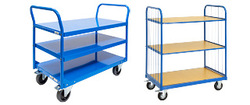

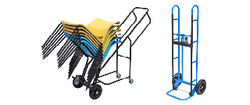


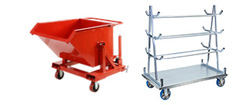
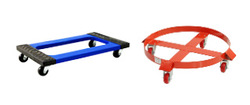
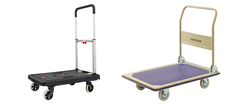
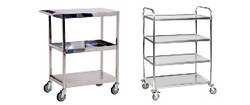

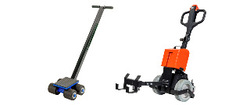
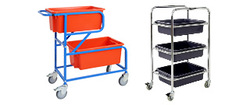
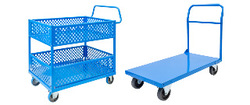
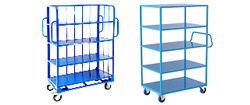
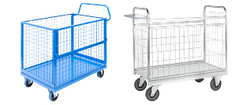
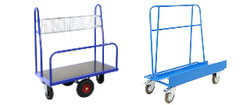
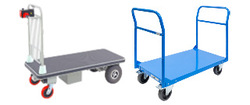
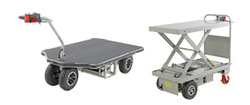

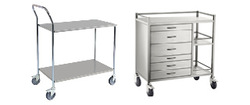
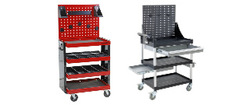
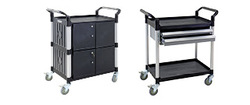
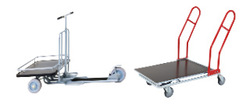
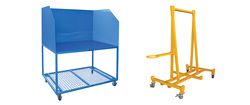



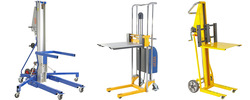



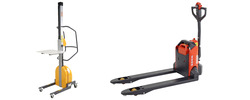
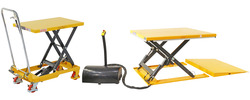
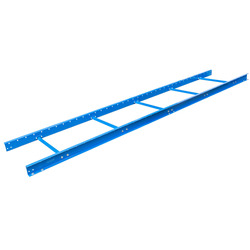
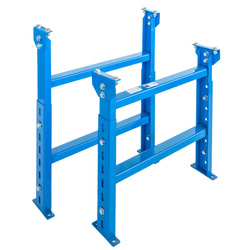

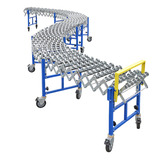




















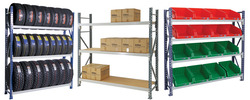
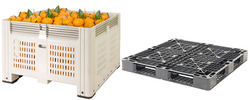
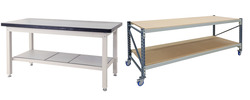
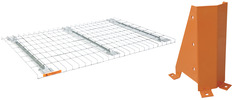
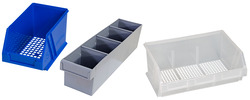

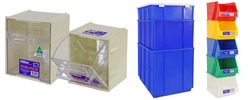

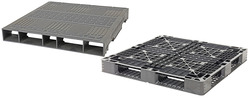

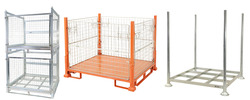

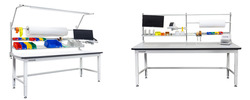

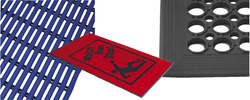
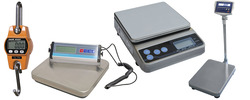



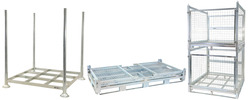
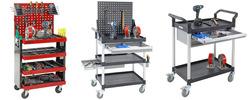
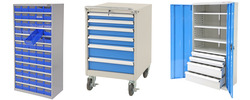
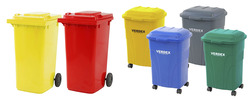
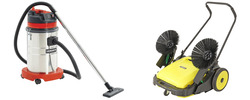











 Trolleys / Hand Trucks
Trolleys / Hand Trucks 2 Tier Trolleys
2 Tier Trolleys 3 Tier Trolleys
3 Tier Trolleys Aluminium Trolleys
Aluminium Trolleys Appliance & Hand Trucks
Appliance & Hand Trucks Cage Trolleys
Cage Trolleys Cleaning Carts & Trolleys
Cleaning Carts & Trolleys Construction Trolleys
Construction Trolleys Dollies
Dollies Foldable Trolleys
Foldable Trolleys Hospital Trolleys
Hospital Trolleys Laundry/Linen Trolleys
Laundry/Linen Trolleys Load Skates & Tow Tugs
Load Skates & Tow Tugs Mail / Office Trolleys
Mail / Office Trolleys Multi Purpose Trolleys
Multi Purpose Trolleys Multi-Tier Shelf Trolleys
Multi-Tier Shelf Trolleys Order Picking Trolleys
Order Picking Trolleys Panel Cart Trolleys
Panel Cart Trolleys Platform Trolleys
Platform Trolleys Powered Trolleys
Powered Trolleys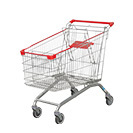 Shopping Trolleys
Shopping Trolleys Stainless Steel Trolleys
Stainless Steel Trolleys Tool Trolleys
Tool Trolleys Utility Carts
Utility Carts Warehouse Trolleys
Warehouse Trolleys Custom Trolleys
Custom Trolleys Lifting Equipment
Lifting Equipment Forklift Attachments
Forklift Attachments Jib Attachments
Jib Attachments Lifting Hoists & Pallet Hooks
Lifting Hoists & Pallet Hooks Manual Stackers & Lifters
Manual Stackers & Lifters Pallet Jacks
Pallet Jacks Pallet Lifters
Pallet Lifters Pallet Rotators & Dispenser
Pallet Rotators & Dispenser Powered Pallet Trucks & Electric Lifters
Powered Pallet Trucks & Electric Lifters Scissor Lift Trolleys and Tables
Scissor Lift Trolleys and Tables Conveyor Equipment
Conveyor Equipment Conveyor Frames
Conveyor Frames Conveyor Stands
Conveyor Stands Roller Conveyors
Roller Conveyors Skate Wheel Conveyors
Skate Wheel Conveyors Access Equipment
Access Equipment Container & Yard Ramps
Container & Yard Ramps Step Stools & Ladders
Step Stools & Ladders Work Platforms & Crane Cages
Work Platforms & Crane Cages Drum Handling
Drum Handling Drum Storage & Bunding
Drum Storage & Bunding Drum Trolleys & Lifters
Drum Trolleys & Lifters Forklift Drum Handling
Forklift Drum Handling Containment & Spillage
Containment & Spillage Aerosol Cans Storage Cages
Aerosol Cans Storage Cages Bunded Pallets & Storage
Bunded Pallets & Storage Corrosive Goods Storage Cabinets
Corrosive Goods Storage Cabinets Flammable Liquid Cabinets
Flammable Liquid Cabinets Forklift Gas Storage Cages
Forklift Gas Storage Cages Gas Cylinder Storage
Gas Cylinder Storage Site Storage
Site Storage Spill Kits
Spill Kits Stillage Cages
Stillage Cages Waste Handling
Waste Handling Bin Lifters & Tippers
Bin Lifters & Tippers Plastic Waste Bins and Carts
Plastic Waste Bins and Carts Steel Waste and Tipping Bins
Steel Waste and Tipping Bins Storage Equipment
Storage Equipment 750 Series Cage Configurations
750 Series Cage Configurations Heavy Duty Cabinets & Benches
Heavy Duty Cabinets & Benches Heavy Duty Shelving
Heavy Duty Shelving Mega Bins & Pallets
Mega Bins & Pallets Packing Benches
Packing Benches Pallet Racking Accessories
Pallet Racking Accessories Parts Trays & Stor-Pak Bins
Parts Trays & Stor-Pak Bins Pegboard & Louvre Panels
Pegboard & Louvre Panels Plastic Bins
Plastic Bins Plastic Handling Solutions Bins
Plastic Handling Solutions Bins Plastic Pallets
Plastic Pallets Stack & Nest Bins
Stack & Nest Bins Storage Cages
Storage Cages Workplace Equipment
Workplace Equipment Workbenches
Workbenches Modular Workbenches
Modular Workbenches Electric Height-Adjustable Workbenches
Electric Height-Adjustable Workbenches Floor Matting
Floor Matting Industrial Weighing Scales
Industrial Weighing Scales Pallet Wrapping & Packaging Machinery
Pallet Wrapping & Packaging Machinery Ramps
Ramps Stationery Cupboards
Stationery Cupboards Storage and Stillage Cages
Storage and Stillage Cages Tool Trolleys
Tool Trolleys Tooling Cabinets
Tooling Cabinets Wheelie Bins
Wheelie Bins Workshop Equipment
Workshop Equipment Safety Equipment
Safety Equipment Gloves and PPE
Gloves and PPE Pallet Rack Post Protectors
Pallet Rack Post Protectors Safety Barriers & Bollards
Safety Barriers & Bollards Safety Knives & Cutters
Safety Knives & Cutters Signs and Traffic Supplies
Signs and Traffic Supplies Tool & First Aid Boxes
Tool & First Aid Boxes Construction Equipment
Construction Equipment Concrete Equipment
Concrete Equipment General Site Equipment
General Site Equipment Lifting Equipment
Lifting Equipment Site Storage
Site Storage Waste
Waste 










